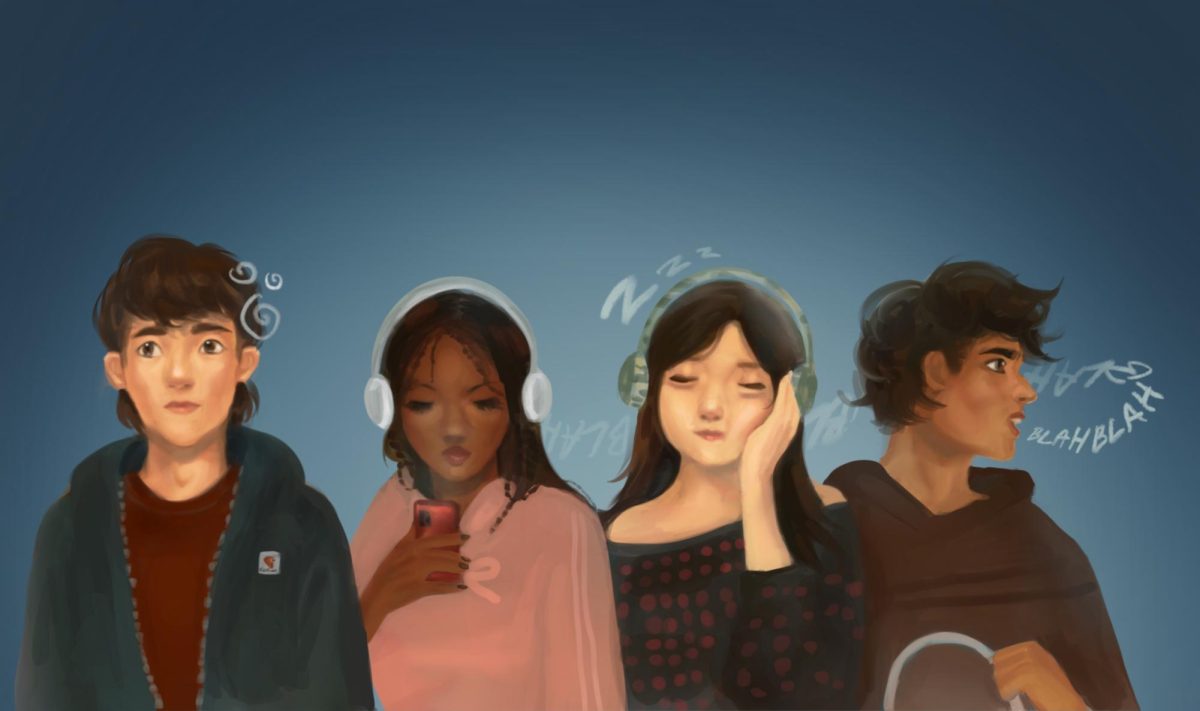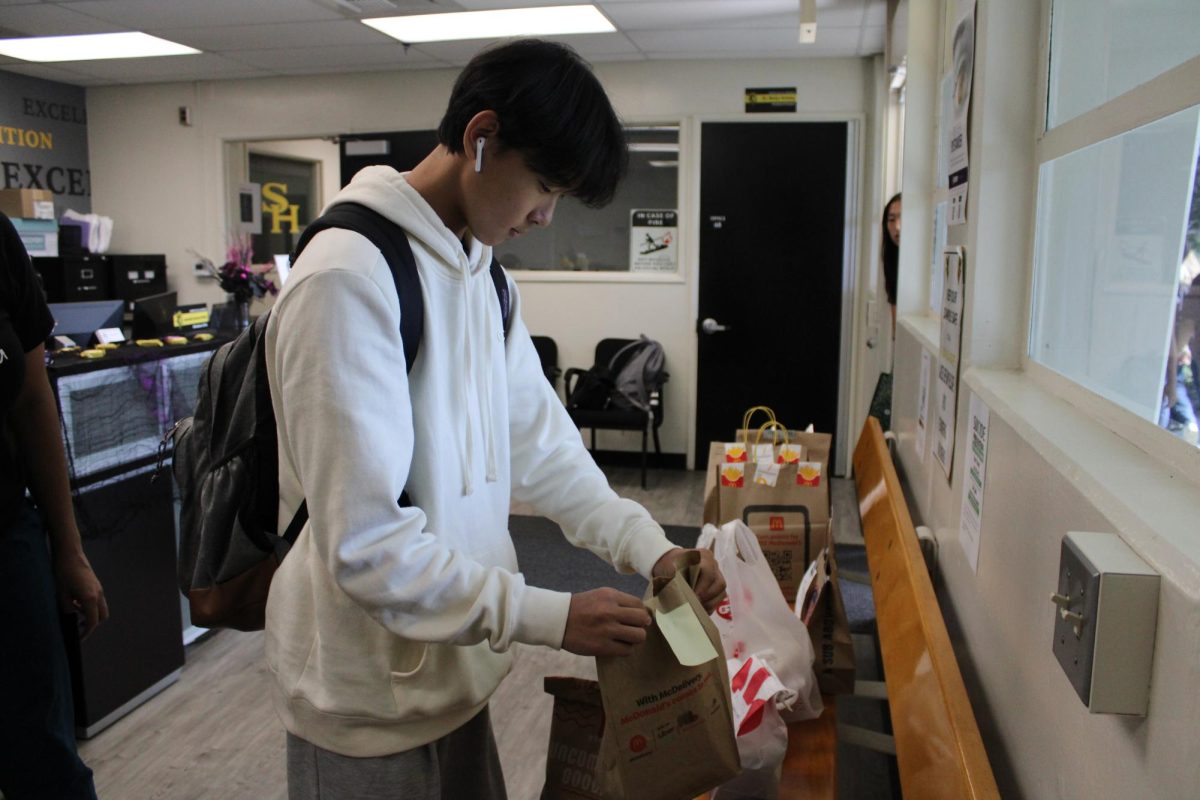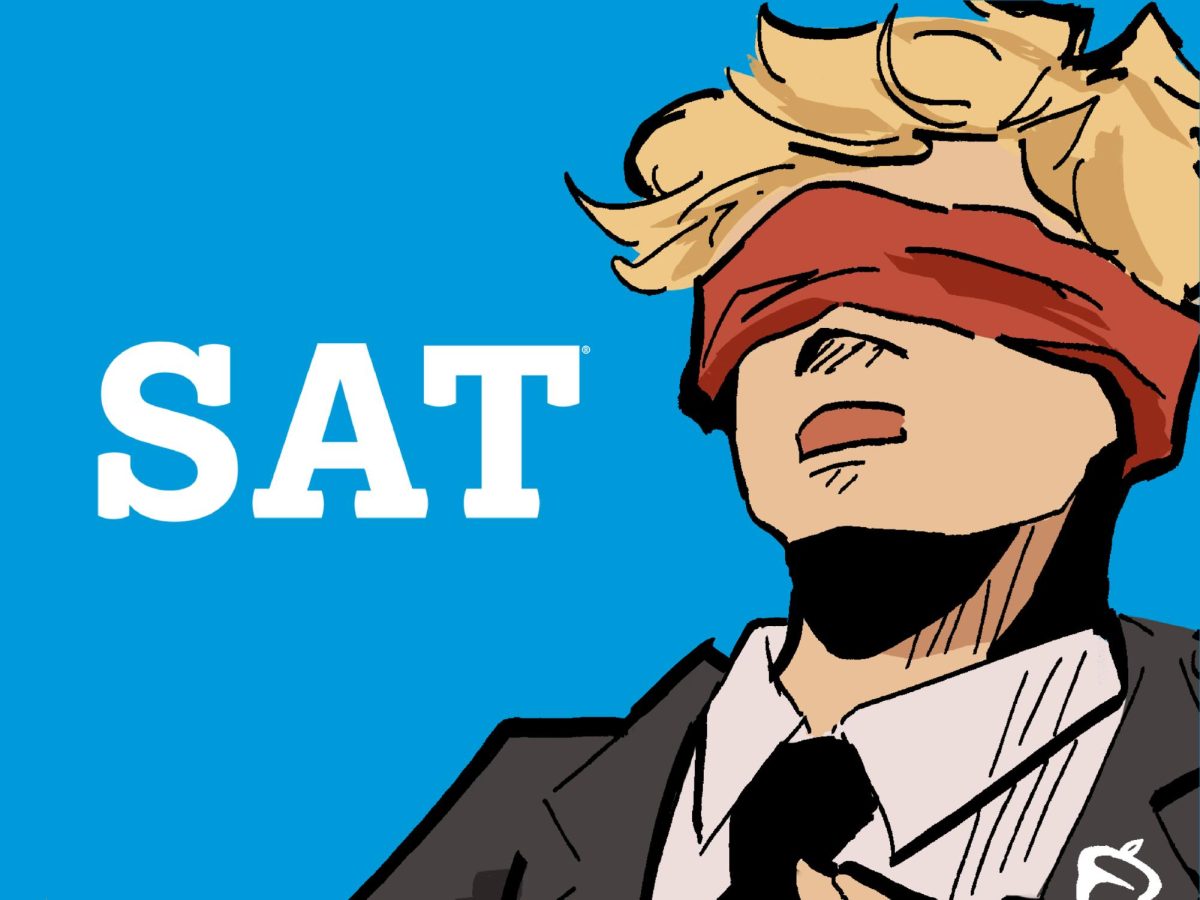This is one of a series of five-year, COVID-19 pandemic anniversary articles The Accolade’s Spotlight team has expanded from its original print version that appeared in the Monday, March 24, issue.
Learning loss.
Two words that came to prominence in the media soon after the COVID-19 pandemic struck in 2020.
Almost a year and a half into the lockdowns that led to students having to learn from home, a few — including Los Angeles Unified School District teachers union president Cecily Myart-Cruz — dispute whether children and teens ever experienced it.
In an exclusive interview with Los Angeles Magazine, Myart-Cruz was quoted as saying in the August 2021 article: “There is no such thing as learning loss.”
She then added more fuel to the fire when she added:
“Our kids didn’t lose anything. It’s OK that our babies may not have learned all their times tables. They learned resilience. They learned survival. They learned critical-thinking skills. They know the difference between a riot and a protest. They know the words, ‘insurrection’ and ‘coup.’”
She also proposed that the term was propaganda — created by untrustworthy people, insinuating that any reported gaps in what students are taking in is a marketing strategy.
But is that how Sunny Hills educators see it as they reflect on whether students experienced any negative effects academically during and after the COVID-19 pandemic?
When asked to assess this issue, social science teacher Greg Abbott said it depends.
“I haven’t seen it, but I teach AP [Advanced Placement] classes,” said Abbott, who’s also the social science department chairman. “Maybe those kids are more likely to have been studying harder during the pandemic or something, but honestly, no; I haven’t seen any decline in my students’ performance.”
What the AP Psychology and U.S. History instructor has noticed is when students returned to in-person learning two years after the COVID-19 pandemic first hit, they lost some other valuable skills.
“I have seen a decline in social skills,” he said. “Students seem a little less mature than they used to.”
Another social science teacher, Kristin Kosareff, also viewed this notion in uncertain terms.
“I don’t know if it’s necessarily true or necessarily a myth,” said Kosareff, who teaches AP Human Geography and college prep U.S. History. “I think that in a sense, there has been a change recently in the ways that students will produce their learning.
“In general, people usually cite that we have lost a lot of writing skills since COVID, but I don’t necessarily think COVID is the reason for it. I just think the ways that students express their learning has changed as we have gone through COVID, and as we have gone through different technology.”
The instructor, who was hired in the 2022-2023 school year as a part-time staff member and transitioned to full time the following school year, also cited mixed results when reviewing her students’ test scores after the pandemic had ended.
“In all honesty, the most detrimental effect [on students] was [they’re] not being around peers in an actual classroom environment,” Kosareff said. “The actual learning loss was a disservice to students in regards to not being able to socialize, not being able to collaborate and do kind of that social interaction part.”
DOING THE MATH AFTER SCHOOL
EdSource, an online website that produces stories about education, has collected data on California’s Smarter Balanced test results at the elementary and middle and high school levels that go as far back as a decade ago in 2015. These exams focus on how well students — grades three-eight and eleventh-graders — are meeting the state’s English and math standards.
In English, the percent from all test-takers who have not met or nearly met the standard have hovered in the low 50s since the viral outbreak in 2020, when no tests were given; 2021 was an optional administration. Compared with 2019 and the previous years, the statistics are similar, though 2019 recorded the lowest at 49.13%.
To improve these scores, state lawmakers are considering legislation requiring school districts to seek training for their educators, especially at the elementary age level, to go back to using phonics to teach children how to read, according to a June 2 Los Angeles Times article titled, “Could phonics solve California’s reading crisis? Inside the push for sweeping changes.”
Marshall Tuck, chief executive of EdVoice, an education advocacy nonprofit backing such a change, told the L.A. Times: “It’s a big deal for kids, and it’s a big step forward — a very big one.”
Overall math state test scores pose another problem for educators. A decade ago in 2015, the overall percentage of those who did not meet or nearly meet the standards was at 66.34%; that statistic started heading downward to a low of 60.27% by 2019.
However, in 2022 — two years after the COVID-19 pandemic — the percentage shot up to 66.62%. Although the numbers are trending downward again with 65.38% in 2023 and 64.46% in 2024, students have yet to produce results similar to 2019.
At the high school level, 2024 results showed 72.1% failed to meet or nearly meet math standards, while English dropped below 50% at 44.27%.
It was also when California public school students returned to in-person instruction in the 2021-2022 school year that math teacher and Algebra Center adviser Dorothy Cheng created the after-school peer tutoring program along with its founding tutors. But many say it wasn’t a direct connection to the notion of learning loss.
Cheng said in an email that she had no recollection of a difference in students returning from 2021, observing that attendance numbers for the math tutoring program remained stable.
“In terms of students seeking help at Algebra Center, our attendance numbers have been about the same each year,” wrote Cheng, who first started teaching here during the 2020-2021 school year when many students chose to remain at home instead of coming to campus for a hybrid in-person learning schedule. “While the Algebra Center was created to help students recover from distance learning, we continue to open because students still seek math help, and our tutors enjoy helping their peers.”
The Honors Geometry and Algebra 2 teacher had no opinions regarding if students would be able to reach the same level of achievement in math scores post-pandemic.
“Math teachers are always trying to reach their students and help their students learn enough material to pass tests,” Cheng wrote.
STUDENTS’ TURN TO ADDRESS ACHIEVEMENT GAP
And what about the students and their opinions on whether learning loss was a myth?
“I did experience learning loss when I got back to school after COVID because it was hard to remember things I learned online since it was a different experience than learning in person,” sophomore Alondra Lopez said. “I did not study well or do most of my work, and I especially struggled in math because I feel like you need someone to explain it well to you or you just don’t understand it.”
Lopez also agreed with Abbott and Kosareff’s assessment of the social behavior challenges students experienced returning to in-class instruction.
“I was more used to talking to my friends online than seeing them in person, so when we came back, it took some time to get used to [in-class] socializing again,” she said. “We were already so used to only talking to people through [Zoom] calls and being cooped up in our rooms, so when it came to socializing again, it was like having to re-learn socializing with people.”
Although freshman Jacob Ibarra didn’t experience any problems with social interactions, he said he did struggle with his academics.
“It’s plausible that learning loss has declined [my test] scores,” Ibarra said. “I struggled to stay on task, I became more unorganized, more unmotivated to do good in school and could not keep up with the subjects because of trouble adjusting from quarantine.”
The freshman took a month to adjust from his quarantine experience to in-person learning, feeling motivated with the help of his friends to get him back on track.
Senior Isabella Reyes agreed with Ibarra’s assessment.
“Before COVID, I was the type of person who was able to comprehend a topic fully without an excessive amount of studying,” said Reyes, who was a freshman at Sunny Hills when Gov. Gavin Newsom ordered students in public schools to return to in-person learning. “I feel that after COVID, my scores started declining — not because I didn’t understand the material fully, but because I wasn’t put in an environment where I felt scores mattered.”
‘SIGNS OF PROGRESS’
Stanford University professor Thomas S. Dee said in an interview with the Los Angeles Times that schools’ goals of achieving pre-pandemic English and math proficiency scores will not be happening any time soon.
“In many ways, society has moved on from the pandemic, but its impact on our kids’ learning is still very much with us,” Dee said.
A five-page report compiled by the Orange County Department of Education [OCDE] and obtained by The Accolade showed that students did take a decline but have been steadily recovering since 2022.
“For both ELA [English Language Arts] and math, fewer students, both overall and in high school, are meeting/exceeding the standards since pre-pandemic (2019),” according to the report.
The assessment divided ELA and math into subcategories — reading, writing, listening and research/inquiry for ELA, and concepts and procedures, problem solving and modeling & data analysis and communicating reasoning for math.
The data also contain stats on student graduation and college career readiness, attendance and suspensions.
“We do believe the pandemic had a real impact on student learning across the country, including here in Orange County,” wrote Ian Hanigan, an OCDE chief communications officer, in an email to The Accolade. “At the same time, school districts throughout the county have been working diligently to accelerate learning, and we’ve seen many encouraging signs of progress.”
Professor of Education at UCLA’s School of Education and Information Studies Tyrone Howard said school districts need to put in more work in dealing with pandemic recovery — aka learning loss.
“The overwhelming majority of those kids are still not proficient,” Howard told the L.A. Times in an October 2024 article. “I just hope we don’t let the air get taken out of the room by saying that we’ve seen gains.
“We need to put those gains in context of how many students are still not really where we want to see them.”










